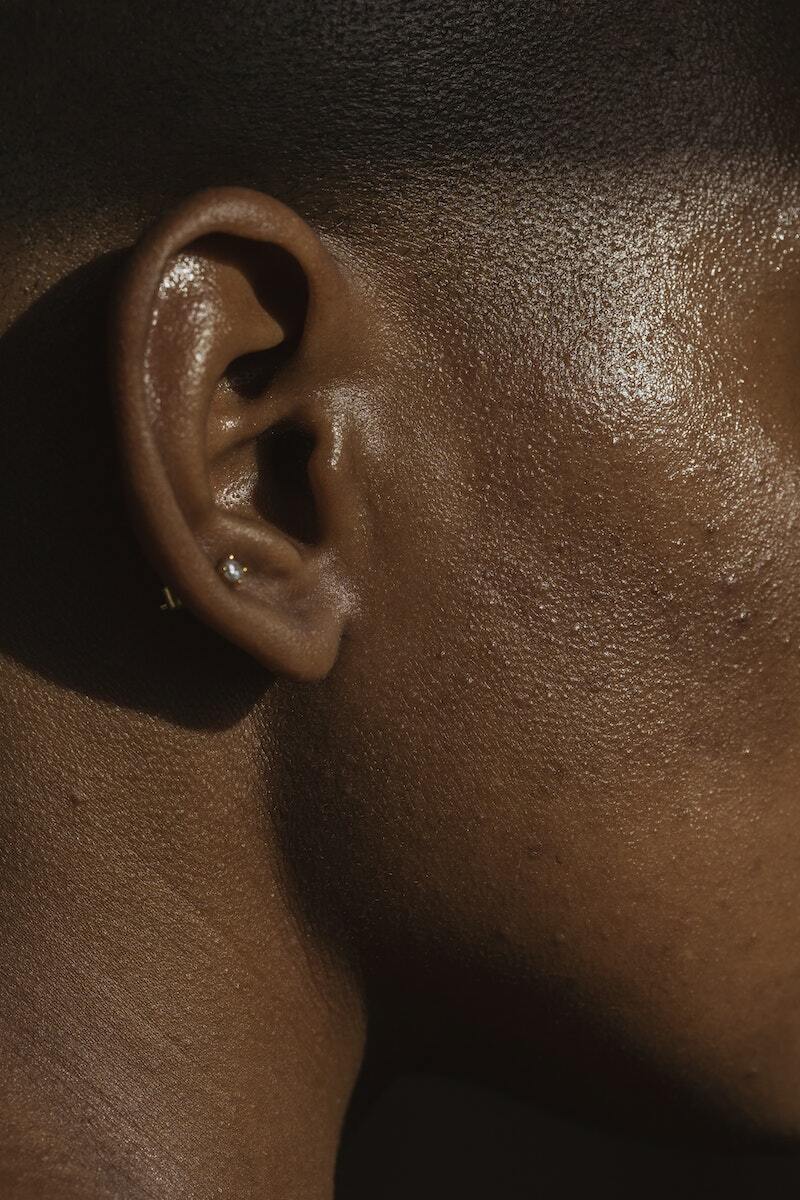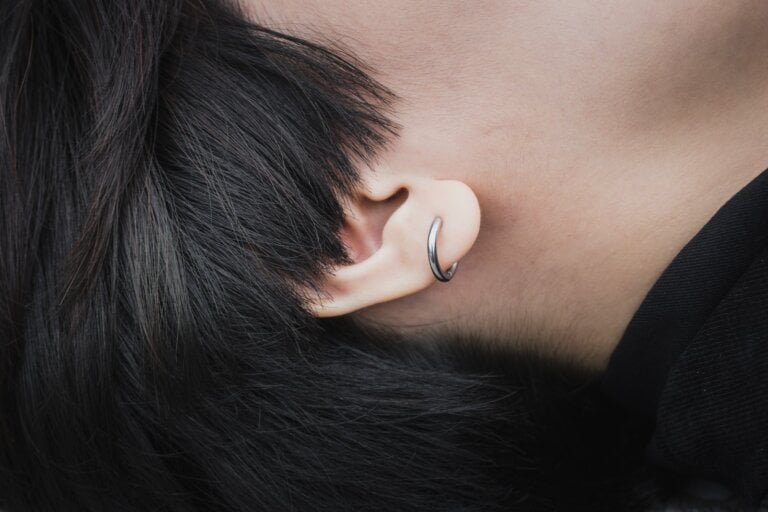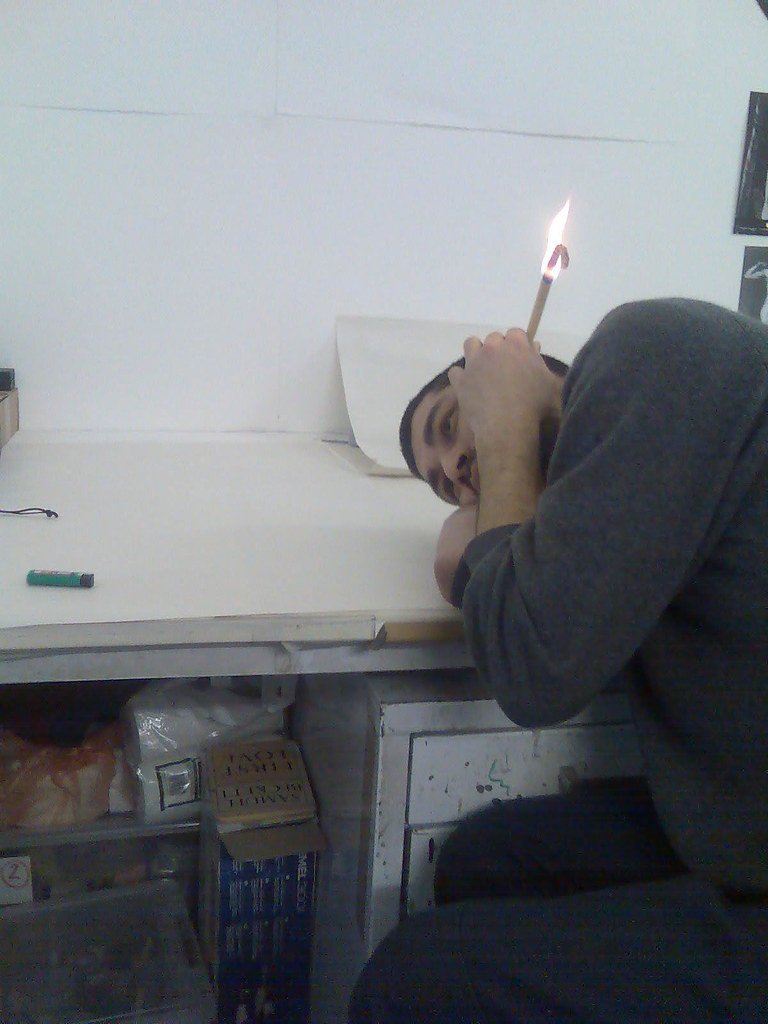Assessing the Pros and Cons of Manual Instrument Ear Wax Removal
Last Updated on 12th July 2023 by Admin
Earwax, also known as cerumen, is a natural substance produced by glands in the ear canal. It plays a crucial role in protecting the ear from dust, bacteria, and other foreign particles. However, excessive accumulation of earwax can lead to various problems, including hearing loss, discomfort, and even infection. In such cases, many individuals turn to manual instrument ear wax removal as a solution. In this article, we will explore the pros and cons of this procedure to help you make an informed decision.
Pros of Manual Instrument Ear Wax Removal
-
Efficient Removal: Manual instrument ear wax removal is often considered one of the most effective methods to remove stubborn and impacted earwax. The use of specialized instruments allows healthcare professionals to safely and efficiently remove excess earwax, providing immediate relief to patients.
-
Quick Procedure: Compared to other earwax removal methods, manual instrument removal is usually a quick procedure. In most cases, it can be completed within a few minutes, making it convenient for individuals with busy schedules.
-
Professional Expertise: Manual instrument ear wax removal is typically performed by trained healthcare professionals, such as audiologists or ENT specialists. Their expertise and experience ensure that the procedure is conducted safely, reducing the risk of complications.
-
Improved Hearing: Excessive earwax can obstruct the ear canal, leading to hearing loss or muffled sounds. By removing the accumulated wax manually, patients often experience a significant improvement in their hearing abilities. This improvement can enhance their overall quality of life and communication.
-
Customized Approach: Every individual’s ear canal is unique, and manual instrument ear wax removal allows professionals to tailor the procedure according to the specific needs of the patient. This personalization ensures optimal results and minimizes discomfort. Professionals can adjust the technique and instruments used based on the individual’s ear anatomy and the consistency of the earwax.
-
Safe and Controlled: When performed by skilled professionals, manual instrument ear wax removal is a safe and controlled procedure. The use of specialized tools, such as ear curettes or forceps, minimizes the risk of injury or damage to the delicate structures of the ear. Professionals are trained to handle the instruments with care and precision, ensuring a safe and effective procedure.
Additional points to consider under the pros section:
- Removal of excessive earwax can alleviate symptoms such as itching, fullness, or a blocked sensation in the ear.
- Manual instrument ear wax removal may be the preferred method for individuals with narrow or curved ear canals, as it allows for better access and control compared to other methods.
Cons of Manual Instrument Ear Wax Removal
-
Discomfort or Pain: Some individuals may experience mild discomfort or pain during manual instrument ear wax removal. This sensation is usually temporary and can vary depending on the amount and consistency of the earwax. Healthcare professionals aim to minimize discomfort by using appropriate techniques and ensuring patient comfort throughout the procedure. They may use lubricants or anesthetics to reduce any potential discomfort.
-
Risk of Injury: Although manual instrument ear wax removal is generally safe, there is a slight risk of injury if not performed correctly. Mishandling of instruments or excessive force can cause damage to the ear canal, eardrum, or surrounding structures. This risk is significantly reduced when the procedure is conducted by trained professionals who have the knowledge and skills to avoid potential complications.
-
Possible Infection: If the ear canal is already infected or inflamed, manual instrument ear wax removal may aggravate the condition and potentially lead to an ear infection. It is essential to consult a healthcare professional before undergoing the procedure if you suspect an infection or have a history of ear issues. They will evaluate the condition of your ear and recommend the appropriate course of action.
-
Limited Accessibility: Manual instrument ear wax removal requires a visit to a healthcare facility or professional. This may not be convenient for individuals who have limited mobility or live in remote areas where access to healthcare services is restricted. In such cases, alternative methods of earwax removal, such as irrigation or eardrops, may be more accessible options.
-
Cost: Depending on your location and healthcare provider, the cost of manual instrument ear wax removal may vary. It is important to inquire about the associated fees before scheduling the procedure to ensure it fits within your budget. Some healthcare providers may offer insurance coverage for this procedure, so it is advisable to check with your insurance provider as well.
Additional points to consider under the cons section:
- The discomfort experienced during the procedure can vary from person to person, and some individuals may find it more uncomfortable than others.
- In rare cases, manual instrument ear wax removal can cause temporary dizziness or vertigo due to stimulation of the inner ear. This usually resolves quickly but should be considered as a potential side effect.
Conclusion
Manual instrument ear wax removal offers several advantages, including efficient wax removal, quick procedure, and improved hearing. When performed by trained professionals, the procedure is usually safe and customized to individual needs. However, it is essential to consider the potential discomfort, risk of injury, and possible infection associated with the procedure. Additionally, the limited accessibility and cost factors should be taken into account. If you are unsure about whether manual instrument ear wax removal is suitable for you, consult with a healthcare professional who can assess your specific situation and provide tailored advice. They will consider your overall health, medical history, and any specific concerns you may have before recommending the most appropriate method of earwax removal for you.
FAQ
Q: Is manual instrument ear wax removal an efficient method?
A: Yes, manual instrument ear wax removal is considered one of the most effective methods to remove stubborn and impacted earwax. It allows healthcare professionals to safely and efficiently remove excess earwax, providing immediate relief to patients.
Q: How long does the manual instrument ear wax removal procedure usually take?
A: The procedure is usually a quick one and can be completed within a few minutes, making it convenient for individuals with busy schedules.
Q: Is manual instrument ear wax removal safe?
A: When performed by skilled professionals, manual instrument ear wax removal is a safe and controlled procedure. The use of specialized tools minimizes the risk of injury or damage to the delicate structures of the ear.
Q: What are the potential risks of manual instrument ear wax removal?
A: The potential risks include mild discomfort or pain during the procedure, a slight risk of injury if not performed correctly, possible aggravation of existing ear infections, and limited accessibility to healthcare facilities for the procedure.







